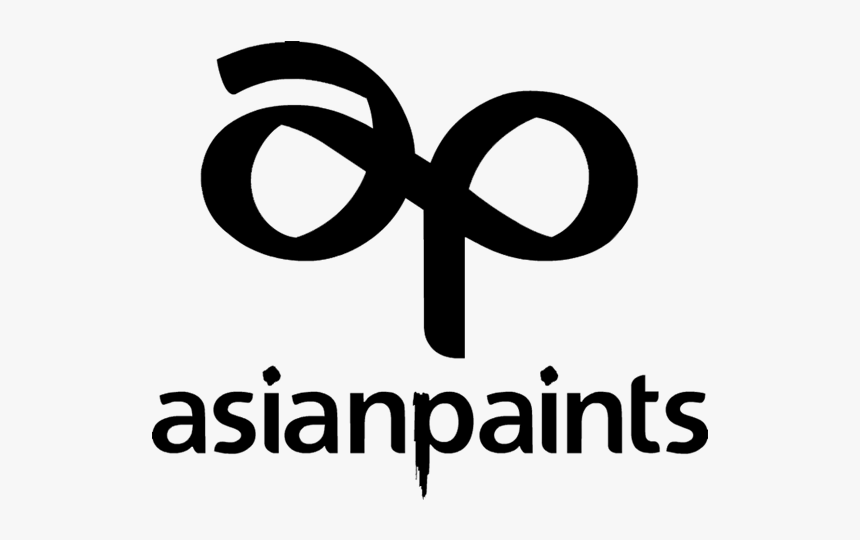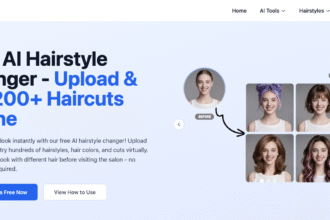Introduction to Clipart Asian Paints logo
When you think of home improvement, one name that often comes to mind is Asian Paints. Their logo isn’t just a symbol; it’s a vibrant representation of creativity and quality in the world of paints. But have you ever considered how clipart plays into this visual identity? The Clipart Asian Paints logo has become more than just an image—it’s a staple in design discussions and marketing strategies alike. Whether you’re a graphic designer searching for inspiration or simply curious about branding, exploring the nuances behind this iconic logo can open your eyes to the power of effective design. Join us as we dive deep into its history, evolution, and significance within the realm of logos!
The History of Clipart Asian Paints logo
The Asian Paints logo has a rich history that reflects the company’s growth and evolution. Founded in 1942, Asian Paints started as a small venture among four friends. Their aim was to make quality paint accessible to Indian consumers.
Initially, the logo featured simple typography that emphasized their commitment to quality products. As the brand gained recognition, there were subtle changes made to enhance its visual appeal.
Over the decades, various iterations of the logo emerged. The design transformed with modern aesthetics while maintaining an essence of tradition.
Incorporating vibrant colors became a hallmark, representing creativity and innovation in home decor. This shift resonated well with customers who associated these colors with freshness and positivity.
Today’s clipart version captures this legacy succinctly, making it instantly recognizable across different platforms while appealing to diverse audiences globally.
The Evolution of the Clipart Asian Paints logo
The Clipart Asian Paints logo has undergone significant transformations since its inception. Initially, it featured a simple design that reflected the company’s focus on quality and craftsmanship.
As time progressed, the logo embraced vibrant colors to capture attention and convey creativity. This change aligned with trends in branding that favored bold visuals over minimalistic designs.
Subsequent iterations introduced more intricate elements, blending artistic flair with modern aesthetics. The incorporation of brush strokes symbolized not just paint but also artistry and innovation.
Each evolution aimed to resonate with consumers while maintaining brand recognition. Today, the current design is sleek yet expressive, embodying both tradition and contemporary style.
This journey showcases how a logo can adapt while remaining true to its core values—an essential aspect for any enduring brand in a competitive market.
The Importance of a Company Logo
A company logo serves as the face of a brand. It communicates identity and values at a glance. An effective logo captures attention and leaves a lasting impression.
Logos create instant recognition. When designed well, they become synonymous with quality and trustworthiness. This visual element is crucial for standing out in saturated markets.
Moreover, logos foster emotional connections. They evoke feelings associated with the brand’s story and mission, building loyalty among customers.
In addition to aesthetics, logos convey professionalism. A polished image attracts potential clients and partners alike, reinforcing credibility.
The versatility of a logo is also noteworthy. It can be adapted across various platforms—from business cards to social media—maintaining consistency in branding efforts.
How to Use Clipart for Logo Design
Using clipart for logo design can be a game-changer when done right. Start by selecting clipart that aligns with your brand identity. Choose images that reflect your company’s values and target audience.
Consider color schemes carefully. Clipart should complement your existing branding, not clash with it. A cohesive color palette enhances visual appeal and recognition.
Don’t shy away from customization. Modify the clipart to fit your unique vision better, whether adjusting colors or altering shapes. Personalization helps distinguish your logo from others.
Keep simplicity in mind. A cluttered logo can confuse potential customers. Aim for clarity and memorability instead.
Test the clipart in various formats—print, digital, or merchandise—to ensure versatility across different platforms before finalizing any design choices.
Tips for Using Clipart in Logo Design
When incorporating clipart into logo design, simplicity is key. Choose images that are clear and easily recognizable. Avoid overly complex designs that may lose detail when scaled down.
Consider color harmony as well. Select clipart that complements your brand’s palette to maintain consistency across all marketing materials.
It’s also essential to customize the clipart. Altering elements can make a generic image feel unique and tailored to your brand identity.
Remember the target audience while designing. Ensure the imagery resonates with them, reflecting their tastes and preferences.
Check for copyright issues before using any clipart. Some images may require licensing or attribution, so always confirm usage rights to avoid legal complications later on.
Examples of Creative Clipart Logos
Creative clipart logos can capture attention and convey a brand’s essence effortlessly. One standout example is the logo of a local bakery featuring playful illustrations of baked goods. The use of vibrant colors and whimsical designs instantly communicates warmth and creativity.
Another fascinating instance is found in a tech startup’s branding. Their logo cleverly combines circuit patterns with abstract shapes, creating an image that resonates with innovation while maintaining simplicity.
A nonprofit organization might opt for a heart symbol intertwined with nature elements to signify compassion and environmental awareness. Such thoughtful design choices make their message clear at first glance.
Then there are fitness brands using dynamic silhouettes or action-oriented graphics to inspire energy and movement, appealing directly to health-conscious consumers.
These examples showcase how effective clipart logos balance creativity with clarity, making memorable impressions across various industries.
Conclusion
When considering the clipart Asian Paints logo, it’s clear that logos play a critical role in brand identity. They encapsulate what a company stands for and convey its message at first glance.
Using clipart effectively can enhance creativity without sacrificing originality. It allows designers to explore diverse styles while staying aligned with branding goals.
The process of logo design is about more than just aesthetics; it’s about forging connections. A well-crafted logo speaks volumes to consumers and sets the tone for their experience with a brand.
Whether you’re creating from scratch or using existing resources like clipart, understanding the nuances makes all the difference. Dive into this fascinating world and let your imagination guide you as you explore new possibilities in design!
FAQs
Q: What is the significance of the Asian Paints logo?
A: The Asian Paints logo represents quality and innovation in the paint industry. It showcases the brand’s commitment to excellence, making it easily recognizable among consumers.
Q: Can I find clipart versions of the Asian Paints logo online?
A: Yes, there are various resources for finding clipart versions of logos. However, be mindful of copyright restrictions when using them.
Q: How can I incorporate clipart into my own logo design?
A: To effectively use clipart in your logo design, ensure that it complements your brand identity. Choose elements that align with your message and aesthetic.
Q: Are there any disadvantages to using clipart in a company logo?
A: Using generic clipart can sometimes make a company appear unoriginal or less professional. It’s essential to customize and adapt any chosen elements to maintain uniqueness.
Q: Where else can I find inspiration for creative logos beyond clipart?
A: Beyond traditional clipart sources, explore platforms like Behance or Dribbble for unique designs created by professional artists. These sites offer fresh perspectives on branding ideas!

















